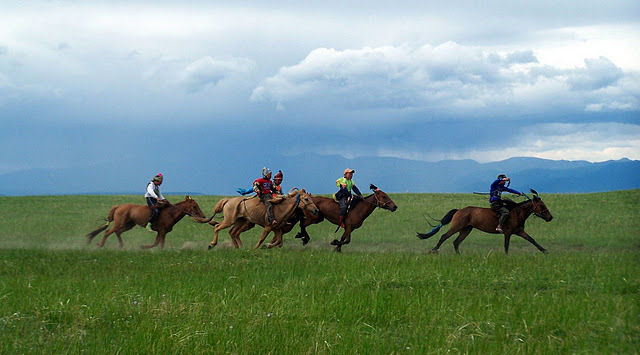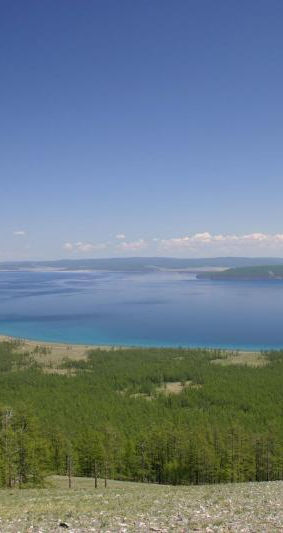




Eco Power&Travel Since 1993
Lake Khovsgol Mongolia Bonda Lake Camp
Khovsgol
The Lake Khovsgol is a 100 miles long alpine lake, located in the north of Mongolia , close to the Siberian border. The region itself is a marvel, in altitude of 1645m, surrounded by green mountains and 262m deep rift valley. The land is covered with pine forests and meadows, with grazing yaks and horses. The wildlife in the area is rich: the Khovsgol lake has a 9 species of fish, and in its surroundings many sheep, goats and elks, and more than 430 species of birds.
Khovsgol Lake is known by it's natural beauty and it is a sacred place for the locals, who refer to it as "Mother" . Kholsgol lake is also called the "Blue pearl of Mongolia" because the water of the Lake is among the purest water in the world. The outlet, the Egiin Gol joins the Selenge River, flowing onto Lake Baikal in Russia. The Khovsgol Lake is protected as a National Park.
Khovsgol is a unique region where you can see both the camels of the Gobi and the reindeer of the taiga. Khovsgol area has six Mongolian ethnic groups; Darhad, Buriat, Khalk, Hotgoid, Urianghai and Tsaatan and Shamanism is widely practiced. The Khoridal Saridag Special Protected Area joins the Lake Khovsgol National Park, making the region an important area for wildlife. There is huge diversity of wild flowers and birds in the National Park, including a number of rare species.


Khatgal
Khatgal was founded in 1727 as a camp of the Mongolian watch post system. By 1910, a small settlement had formed, mainly through trade with Russia. Khatgal is located at the bank of Khovsgol Lake . In 1914 a telegraph connection was established from the Russian border town Mondy to Uliastai via Khatgal, and in 1921 about 150 Russian settlers lived here. In the same year, Khatgal became an administrative center. In 1931 Khatgal became the center of the newly established Khovsgoll Aimag, but shortly afterwards, in 1933, the administration moved to Muren.
The Khatgal town had about 7000 inhabitants and a power plant in 1990, but the dry-up of transport routes and the closure of a local wool factory have led to high migration rates, leaving only 3,756 inhabitants in 1994 and 2,498 inhabitants in year 2000. Today Khatgal has internet connection, cell phones and 24 hours of electricity. Number of population has increased to over 4000 inhabitants. In Khatgal are living 5 different ethnic groups of Mongolia; Darhad, Khalh, Buriad, Hotgoid and Urianhai.


